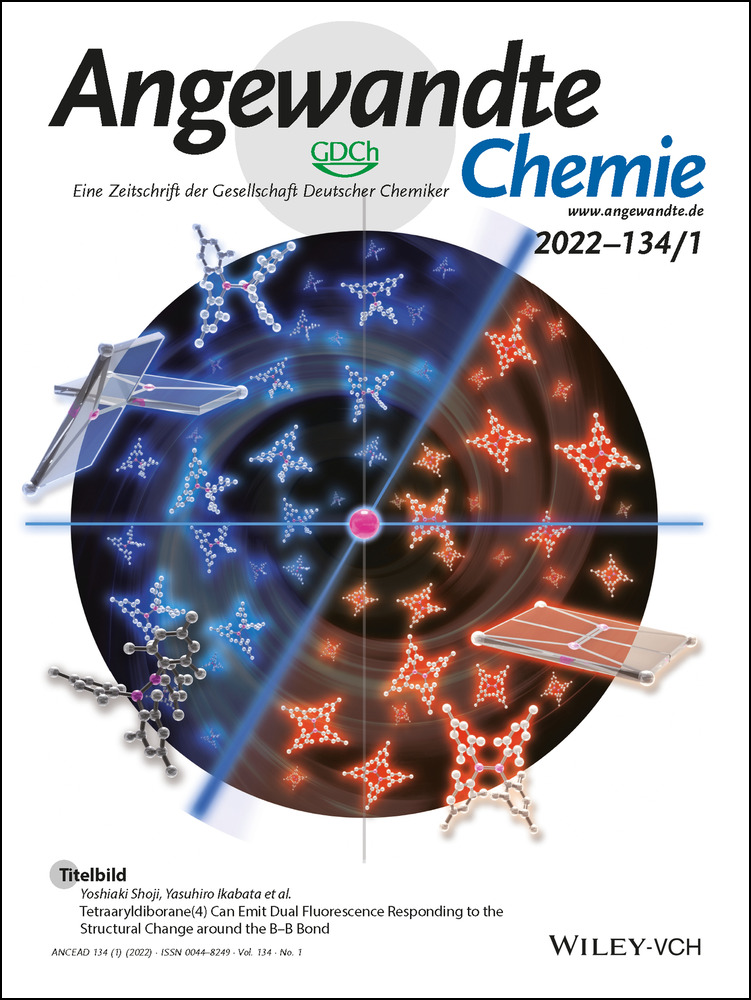Innentitelbild: Continuous Porous Aromatic Framework Membranes with Modifiable Sites for Optimized Gas Separation (Angew. Chem. 1/2022)
Graphical Abstract
Poröse aromatische Gerüstmembranen (PAF) mit modifizierbaren Kanälen wurden im Forschungsartikel von Yuyang Tian, Guangshan Zhu et al. synthetisiert (e202113682). Die Porengröße und die Chemie der Membranen konnten durch Ionenaustausch leicht modifiziert werden, was zu geeigneten Membranen für die Trennung verschiedener Gasgemische führte. Mit Br− im Gerüst wies die Membran eine H2/N2-Selektivität von 72.7 mit einer H2-Permeanz von 51 844 Gaspermeationseinheiten (GPU) auf. Mit BF4− zeigte die Membran eine CO2-Premeanz von 23 058 GPU, und es wurde eine optimierte CO2/N2-Selektivität von 60.0 erreicht.





